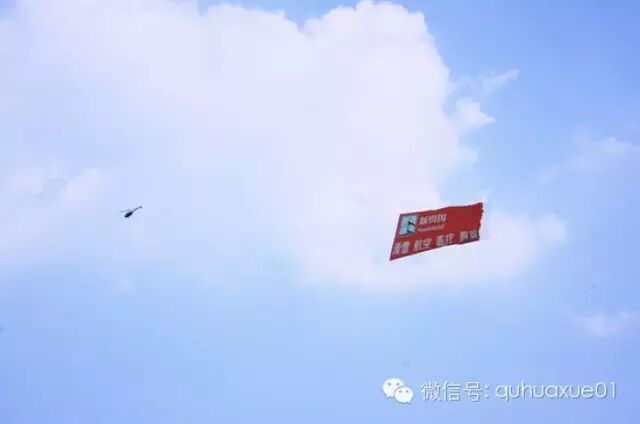[Equipment] How to Buy Ski Suits
![[Equipment] How to Buy Ski Suits](https://api.zsiga.xyz/mp-weixin-attachment/cover/19/400574805_1.jpg)

As soon as you step onto the ski resort, you’re in for a thrilling and joyful day. Whether it’s soaring down the slopes or watching others take a tumble, you’ll be captivated by the intensity of the experience. But make no mistake—every sport requires skill and technique. So while you’re having an exhilarating time, remember to equip yourself with the right tools: technology and professional expertise to keep you safe and confident on the mountain.
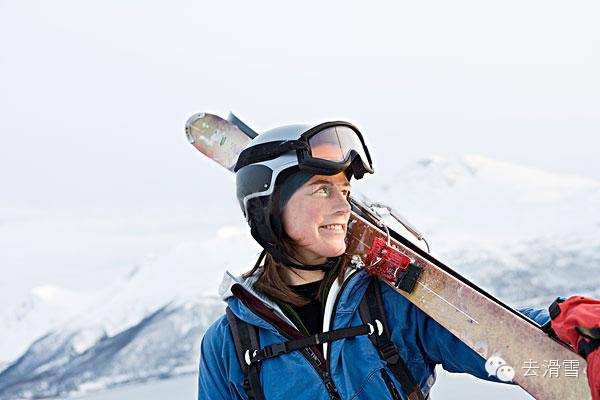
How to buy ski clothing—key requirements for ski wear:
1. Avoid choosing clothes that are too small or too tight (except for professional competition attire).
The jacket should be loose-fitting, with sleeve length measured by extending your arm straight up—ideally, the sleeves should slightly extend past your wrist. The cuffs should be fitted and adjustable for added comfort and flexibility. The collar should feature a tall, stand-up design to block cold air from sneaking in. When learning to ski, you’ll likely find yourself falling frequently on the snow. That’s why it’s best to wear waterproof ski pants, which keep you warm and dry even in wet conditions. As for pant length, ensure they reach just below the ankles when you crouch down. Additionally, the pant legs are designed with a double-layered structure: the inner layer features an elasticated, non-slip rubber trim that snugly grips your ski boots, effectively preventing snow from getting inside. Meanwhile, the outer layer includes a durable, reinforced lining on the inside, protecting against abrasion caused by ski boot edges rubbing against each other during movement—and ultimately safeguarding the outer fabric from damage.
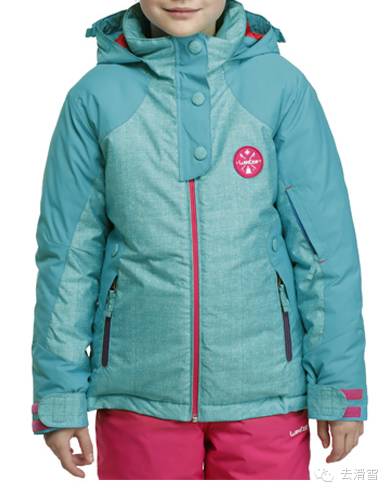
2. Ski suits come in two types: split ski suits and one-piece ski suits.
Split ski suits are easy to put on, but when choosing one, make sure the pants are high-waisted—and ideally come with suspenders and a soft waistband. The top should be loose-fitting, with a defined waistline, and include either a belt or a windproof skirt to prevent snow from creeping into the suit through the waist area after a fall. On the other hand, one-piece ski suits have a simpler design and offer superior comfort and better protection against snow intrusion compared to split suits—but they’re a bit more cumbersome to wear.
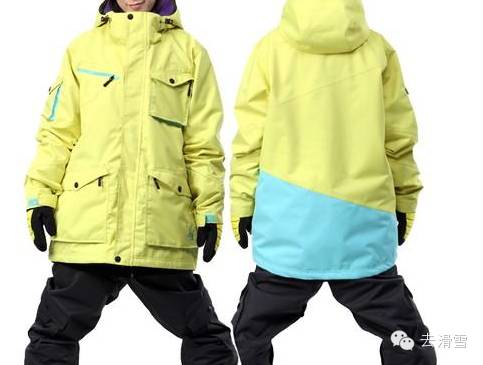
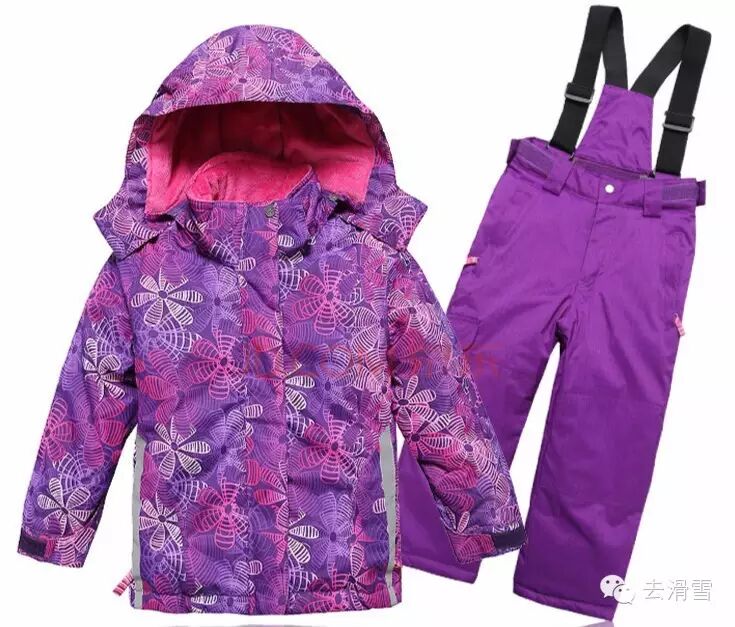
3. Ski suit materials are crucial.
It is recommended to choose durable, tear-resistant, and windproof materials—nylon or ripstop fabric with a waterproof-treated surface—for better performance.
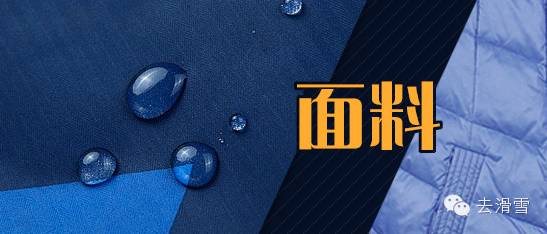
4. Choose vibrant colors
Be sure to choose colors that create strong contrast against white, such as red, orange-yellow, sky blue, or eye-catching hues created by combining multiple colors. This not only adds a captivating appeal to the sport but, more importantly, provides a highly visible marker for other skiers.

5. Ski suits should primarily feature large zippers for the openings.
The zipper pull should be large for easy operation, even when wearing gloves. The outer side of the zipper needs a windproof barrier to prevent cold air from sneaking in through the zipper gap during sliding. Additionally, there should be several spacious, easy-to-open pockets designed to neatly organize and store frequently used ski gear, making it convenient to access whenever needed.
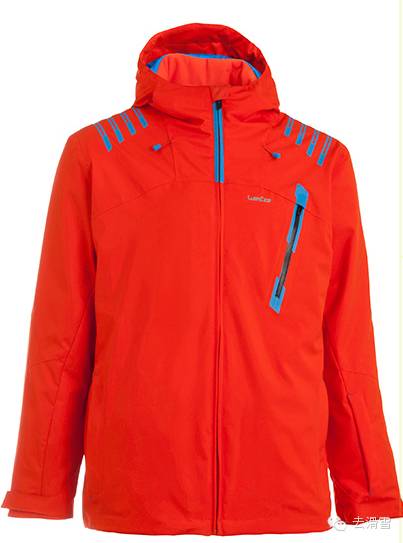
How to wear ski gear properly: Stay comfortable and warm at the same time
1. Underwear – Mesh Nylon Vest with Sweat-Wicking Layer vs. Pure Cotton Underwear
Choosing plain cotton underwear as your base layer when skiing is unwise. Cotton fabrics are highly absorbent, meaning they soak up sweat produced by the body during physical activity. However, once you stop moving, the sweat trapped in the cotton takes longer to evaporate. As a result, the cold, damp cotton layer pressed against your skin can quickly draw heat away from your body, leaving you feeling chilly—and even increasing your risk of catching a cold. To avoid this discomfort, consider wearing a mesh nylon vest directly against your skin, followed by an elastic cotton vest over it. This layered approach allows sweat to be wicked away through the nylon vest and absorbed by the cotton one, preventing that icy, clammy sensation while keeping you comfortably dry and warm.
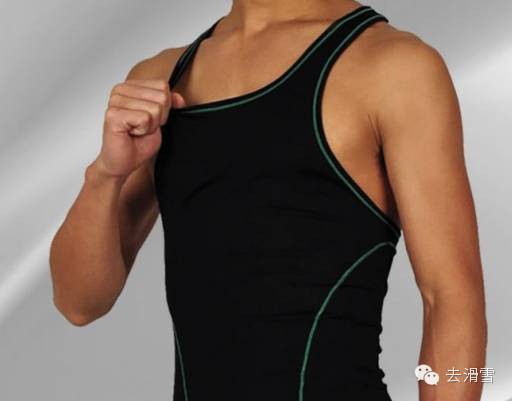
2. Insulation Layer – Fleece Jacket vs. Wool Sweater
Do you think 100% wool is already good enough? The answer is no. When skiing, true warmth comes from the mid-layer. Among materials available on the market, FLEECE—also known as fleece or fleece-lined clothing—is particularly popular. It’s lightweight, fluffy, and offers excellent insulation. Importantly, it’s breathable, allowing sweat to escape efficiently. After all, moisture significantly reduces a garment’s ability to keep you warm. That’s why, when choosing a warming layer, its performance in damp conditions—specifically how well it retains heat and dries quickly—becomes a crucial factor. Typically, fleece garments come in vibrant colors and can be worn alone as outerwear or layered as a cozy inner piece during winter, even serving as an ideal liner inside a shell jacket.
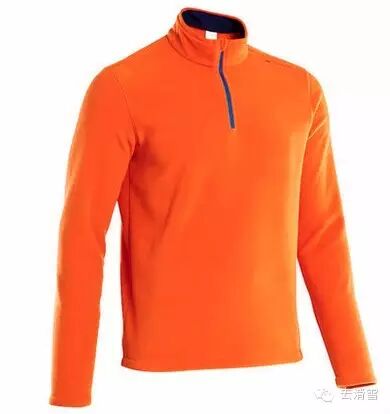
3. Coats – Ski Suits vs. Down Jackets
Most people assume you need to bundle up when skiing to stay warm—but actually, skiing is an exhilarating activity that naturally generates body heat. Especially for beginners, who often struggle to control their skis effectively, the physical effort can be even greater. Wearing too many layers, on the other hand, can lead to overheating and restrict movement. Anyone who’s ever worn a down jacket while skiing quickly realizes its downsides: it’s not waterproof, offers limited functionality, and makes you feel bulky and awkward. The ideal ski outfit, therefore, should prioritize being lightweight yet highly insulating, wind- and snow-resistant, comfortably fitted, and designed to allow unrestricted movement—while minimizing wind resistance as much as possible.
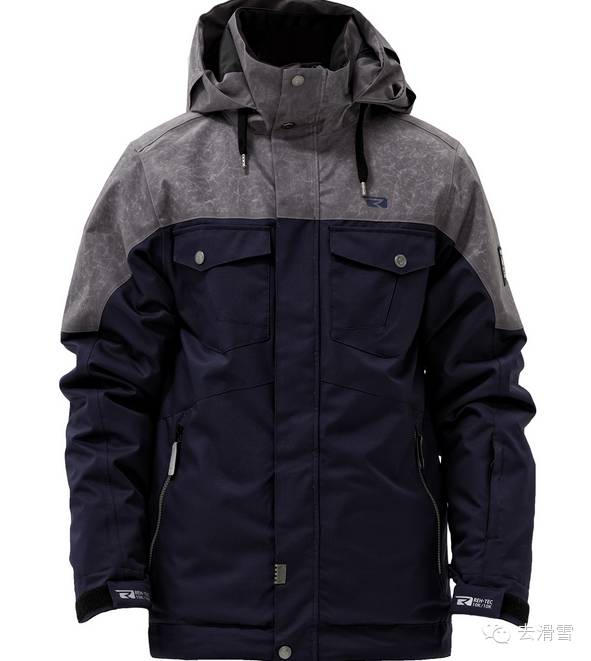

Related Articles
![[Latest Snow Resort Updates] Some resorts are offering discounts, extended trial-skiing hours, and even shuttle services!](https://api.zsiga.xyz/mp-weixin-attachment/cover/19/400839459_1.jpg)
[Latest Snow Resort Updates] Some resorts are offering discounts, extended trial-skiing hours, and even shuttle services!
![[Event] Enjoy a Free Trial of Indoor Skiing Fun—Limited Spots Available (Snowboard)](https://api.zsiga.xyz/mp-weixin-attachment/cover/19/400589296_1.jpg)
[Event] Enjoy a Free Trial of Indoor Skiing Fun—Limited Spots Available (Snowboard)
